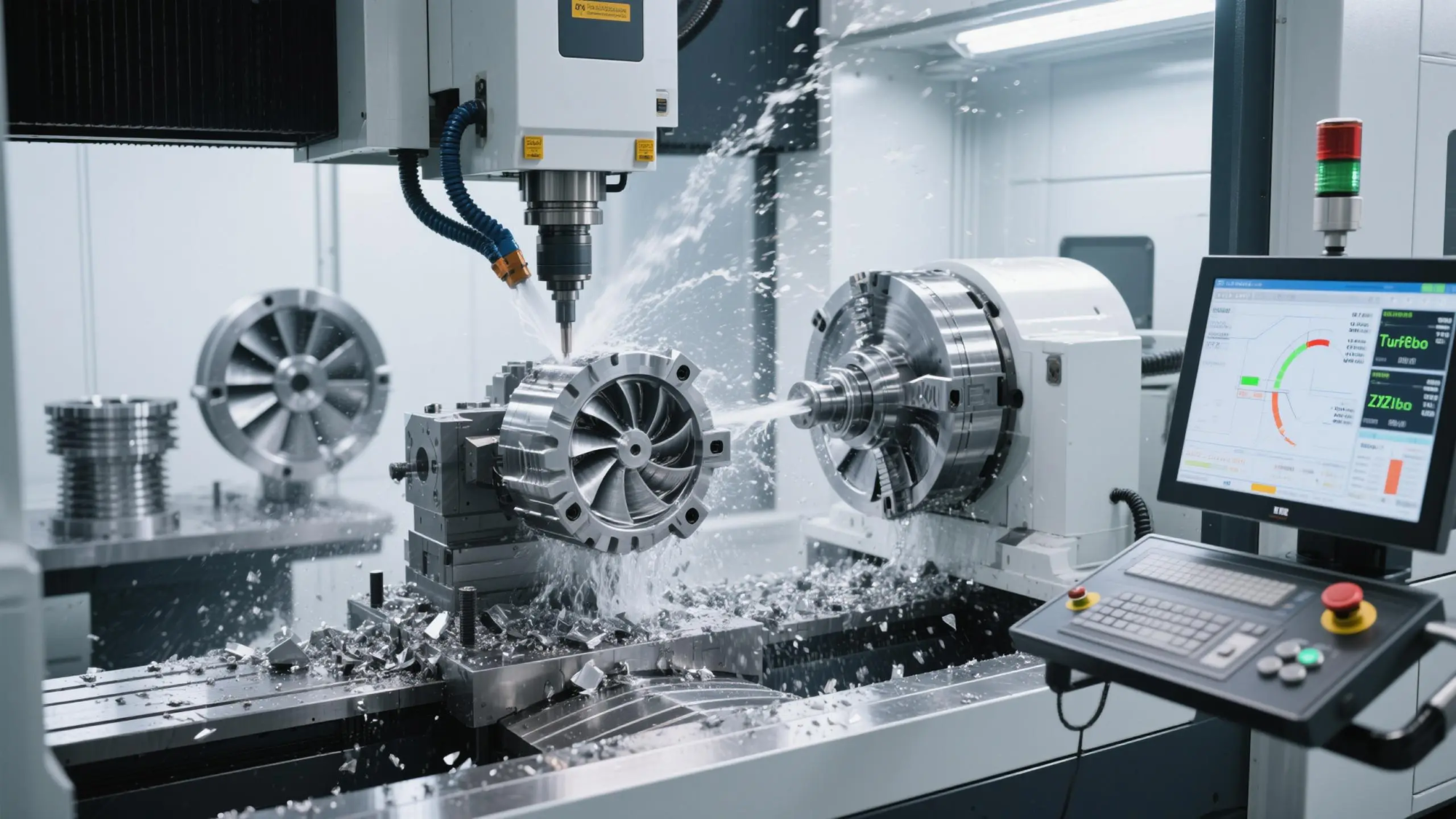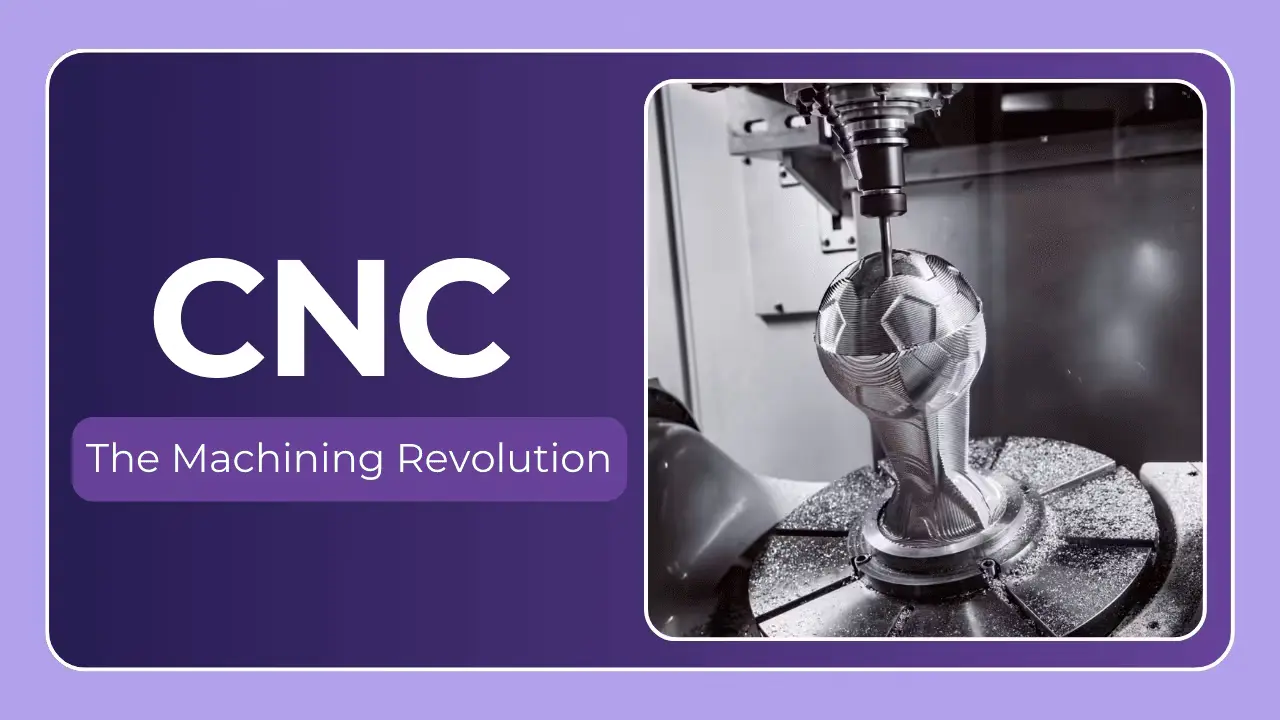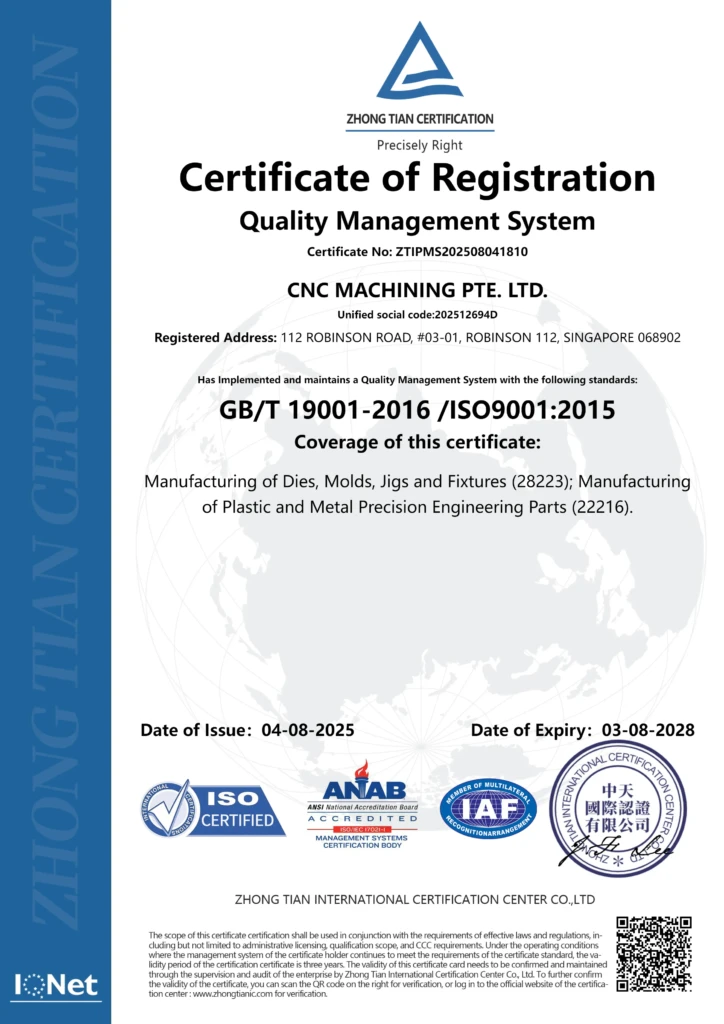Advantages of 5 Axis CNC for Different Machining Processes: Precision, Efficiency, and Innovation
In today’s era of high-precision manufacturing, industries from aerospace to medical devices demand more than just conventional machining capabilities. Whether it’s producing complex geometries, reducing lead times, or minimizing costs, 5 axis CNC machining has become a vital solution in modern manufacturing. This article dives deep into the advantages of 5 axis CNC machining for different processes, offering manufacturers a clear view of why this technology stands at the forefront of engineering excellence.
What is 5 Axis CNC Machining?
A 5 axis CNC machine is an advanced manufacturing system capable of moving a cutting tool or workpiece along five different axes simultaneously. These include three linear axes (X, Y, Z) and two rotational axes (A, B). Compared to 3-axis machines, a 5 axis CNC eliminates the need for repositioning and re-fixturing during complex part production. This enhanced flexibility allows manufacturers to:
- Achieve near-perfect surface finishes.
- Cut highly intricate features.
- Reduce production time and setup errors.
Understanding the fundamental distinction between 3-axis vs. 5 axis CNC is essential for choosing the right technology for your project.
Key Advantages of 5 Axis CNC Machining
1. Complex Geometry Handling
5 axis CNC machining excels in manufacturing components with challenging contours, undercuts, and complex 3D profiles — all in a single setup.
- Aerospace Example: Jet engine turbine blades, known for their aerodynamic curves and compound geometries.
- Medical Example: Custom-fit orthopedic implants with organic and anatomical shapes.
This capability dramatically simplifies the production process for parts that would otherwise require multiple machines and labor-intensive steps.
2. Improved Surface Finish
With continuous tool engagement and dynamic angle adjustment, 5 axis CNC machines maintain an optimal cutting position throughout the entire machining process.
- Achieves surface roughness as smooth as Ra 0.4 µm.
- Minimizes or eliminates the need for manual post-processing, saving both time and costs.
This is particularly important for industries where flawless surfaces are not just aesthetic but functional, such as optical and aerospace components.
3. Shorter Lead Times
Traditional 3-axis setups often require multiple refixturing, which adds unnecessary time and risks alignment errors. 5 axis CNC machining can reduce setup time by up to 70% by enabling multiple face machining in a single configuration.
- High-Speed Machining (HSM) strategies further accelerate production without compromising accuracy.
- Less downtime translates to higher productivity and faster order turnaround.
4. Higher Accuracy and Repeatability
In precision engineering, tolerances often dictate the viability of a component. 5 axis CNC machining can consistently achieve tolerances as tight as ±0.005 mm.
- Reduced human intervention lowers the margin of error.
- Automated multi-axis toolpaths ensure exceptional repeatability.
5. Cost Efficiency Over the Product Lifecycle
While the cost of a 5 axis CNC machine may be higher upfront, its ability to consolidate multiple steps into one operation reduces labor costs and scrap rates long-term.
- Fewer human operators needed.
- Lower risk of defects and rework.
- Reduced raw material waste through optimized cutting strategies.
Applications Across Machining Processes
1. 5 Axis CNC Milling
In the world of 5 axis CNC milling, manufacturers can execute highly detailed cuts and complex geometries without repositioning the workpiece.
- Aerospace: Titanium engine mounts, impellers, and wing components.
- Automotive: Lightweight EV battery housings with integrated cooling channels.
- Tooling: Injection mold cores and cavities for plastic manufacturing.
Key Benefit: Simultaneous multi-face machining without the need for separate setups.
2. 5 Axis CNC Turning (Mill-Turn Machines)
When milling and turning operations converge into a single cycle, 5-axis mill-turn machines allow for seamless part production.
- Medical: Bone screws, dental implants, and precision surgical tools.
- Oil & Gas: Valve bodies and pipeline connectors with internal channels.
Key Benefit: One machine, multiple operations, enhanced efficiency.
3. 5 Axis CNC Grinding
For industries requiring ultra-precise finishing on hardened materials, 5 axis CNC grinding offers unparalleled control over surface textures and geometric accuracy.
- Optics: High-precision mirrors and lenses.
- Automotive: Camshafts and crankshafts requiring perfect bearing surfaces.
Key Benefit: Superior finish and form accuracy on metals, ceramics, and composites.
4. 5 Axis CNC Routing
For non-metal materials such as wood and composites, 5 axis CNC routing enables:
- Woodworking: Furniture with 3D carved patterns and ergonomic shapes.
- Composite Machining: Aerospace-grade carbon fiber components, ensuring material integrity without delamination.
Key Benefit: Enhanced flexibility for delicate or layered materials.
3-Axis vs. 5 Axis CNC – A Technical Comparison
| Factor | 3-Axis CNC | 5 Axis CNC |
|---|---|---|
| Setup Time | Multiple setups | Single setup |
| Geometry Complexity | Limited to flat and prismatic parts | Complex organic shapes |
| Tolerances | ±0.03 mm | ±0.005 mm |
| Surface Finish | Ra 1.6–3.2 µm | Ra 0.4–0.8 µm |
| Cost per Part | Lower for simple parts | Lower long-term for complex parts |
Industry-Specific Benefits
Aerospace
Components: Turbine blades, satellite brackets, structural airframe parts.
Advantages:
- Enables lightweight designs via topology optimization.
- Enhances structural integrity and vibration resistance.
Medical
Components: Orthopedic implants, dental crowns, surgical instruments.
Advantages:
- Achieves biocompatible surface finishes.
- Supports regulatory compliance, including FDA traceability standards.
Automotive
Components: Cylinder heads, gearboxes, and suspension components.
Advantages:
- Reduces material waste on aluminum alloys.
- Enables faster prototyping and design iteration.
Energy
Components: Wind turbine hubs, heat exchanger plates, and hydraulic systems.
Advantages:
- Simplifies the machining of hardened steels and superalloys.
- Enhances the fatigue life of structural components.
Case Study: Cost Savings in Aerospace Manufacturing
Client: Tier-1 aircraft manufacturer.
Challenge: Produce 100 units of Inconel 718 turbine blades with a stringent ±0.01 mm tolerance for airfoil profiles.
Solution:
- Employed a 5-axis DMG Mori NHX 6300 for single-setup machining.
- Used adaptive toolpaths and intelligent feed rate adjustment to shorten the production cycle by 40%.
Result: Achieved a 25% cost reduction compared to traditional 3-axis methods while improving overall part quality.
Why Choose Great Light CNC?
At Great Light CNC Machining Factories, we combine technological expertise with a deep understanding of materials and customer needs. Our facilities house industry-leading machines such as:
- Haas UMC-750
- Mazak VARIAXIS
We specialize in machining:
- Titanium
- Inconel
- Stainless steel
- Carbon fiber composites
- Plastics
Our services extend beyond machining:
- Design Optimization: Free DFM (Design for Manufacturability) consultation.
- Post-Processing: Anodizing, powder coating, heat treatment, laser engraving.
- Global Logistics: Fast and reliable shipping to the US, Europe, and Asia.
Future Trends in 5 Axis CNC Machining
AI Integration
- Predictive maintenance and real-time toolpath optimization through AI-driven systems.
Hybrid Manufacturing
- Combining additive manufacturing (3D printing) with 5 axis CNC machining for unparalleled versatility.
Sustainable Manufacturing
- Adoption of energy-efficient spindles.
- Eco-friendly, recyclable coolants.
Unlock the Power of 5 Axis CNC Today
Whether you are producing prototypes or scaling for mass production, 5 axis CNC machining can be a pivotal technology for achieving the highest standards of quality, efficiency, and innovation.
Request a Free Quote and see how Great Light CNC can transform your ideas into precision-engineered reality.





